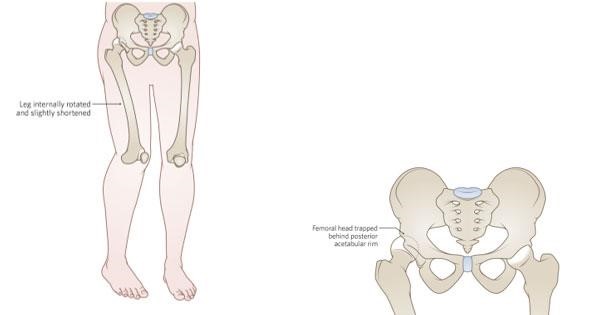A gerontologic nurse is teaching a group of nursing students about integumentary changes that occur in older adults, such as thinning skin. How should these students best integrate these changes into care planning?
By avoiding the use of ice packs to treat muscle pain
By protecting older adults against excessive sweat accumulation
By protecting older adults against shearing injuries
By avoiding the use of lotion on older adults' skin
The Correct Answer is C
A. Avoiding the use of ice packs to treat muscle pain - While ice packs can cause skin damage in older adults with thinning skin, it is not the most appropriate response to the question. Protecting against shearing injuries is a more direct and specific concern related to thinning skin.
B. Protecting older adults against excessive sweat accumulation - Excessive sweat accumulation can lead to skin irritation, but this option does not directly address the issue of thinning skin as the primary concern in the question.
C. By protecting older adults against shearing injuries
Thinning skin in older adults makes them more vulnerable to skin injuries, especially shearing injuries. Shearing occurs when the skin is pulled in one direction while the underlying bone and tissues are pulled in the opposite direction. This can lead to skin tears and other wounds, which can be painful and slow to heal in older adults. Nurses should take special precautions to prevent shearing injuries, such as using lift sheets or sliding devices when moving patients, and ensuring that patients are repositioned frequently to reduce friction and shearing forces.
D. Avoiding the use of lotion on older adults' skin - Proper moisturization of the skin is important, especially in older adults, to prevent dryness and skin breakdown. Avoiding lotion is not a recommended practice; instead, choosing appropriate, non-irritating lotions can help maintain skin integrity.
Nursing Test Bank
Naxlex Comprehensive Predictor Exams
Related Questions
Correct Answer is ["84.1"]
Explanation
Weightinkg=185÷2.2≈84.1
Calculate the dose of enoxaparin:
The prescribed dose is 1 mg/kg.
Doseinmg=Weightinkg×Doseperkg
Doseinmg=84.1×1≈84.1
The nurse should administer 84.1 mg of enoxaparin.
Correct Answer is A
Explanation
A. Right hip dislocation: In a hip dislocation, the head of the femur is forced out of the acetabulum, which is the socket in the pelvis. This can cause a noticeably shorter leg, hip deformity, and acute pain. Imaging might not show a fracture in the case of a dislocation.
B. Right hip contusion: A hip contusion is a bruise on the hip, usually caused by a direct blow or trauma. While it can cause pain and swelling, it typically does not result in a noticeably shorter leg or hip deformity.
C. Right hip strain: Hip strain refers to damage to the muscles or tendons around the hip joint due to overuse or sudden twisting movements. While it can cause pain, it does not typically lead to a noticeable leg shortening or hip deformity.
D. Right hip osteoarthritis: Osteoarthritis is a degenerative joint disease that can affect the hip joint. It leads to joint pain and stiffness but does not usually cause a noticeable leg shortening or acute deformity unless there are severe complications, which are not mentioned in the scenario.

Whether you are a student looking to ace your exams or a practicing nurse seeking to enhance your expertise , our nursing education contents will empower you with the confidence and competence to make a difference in the lives of patients and become a respected leader in the healthcare field.
Visit Naxlex, invest in your future and unlock endless possibilities with our unparalleled nursing education contents today
Report Wrong Answer on the Current Question
Do you disagree with the answer? If yes, what is your expected answer? Explain.
Kindly be descriptive with the issue you are facing.
